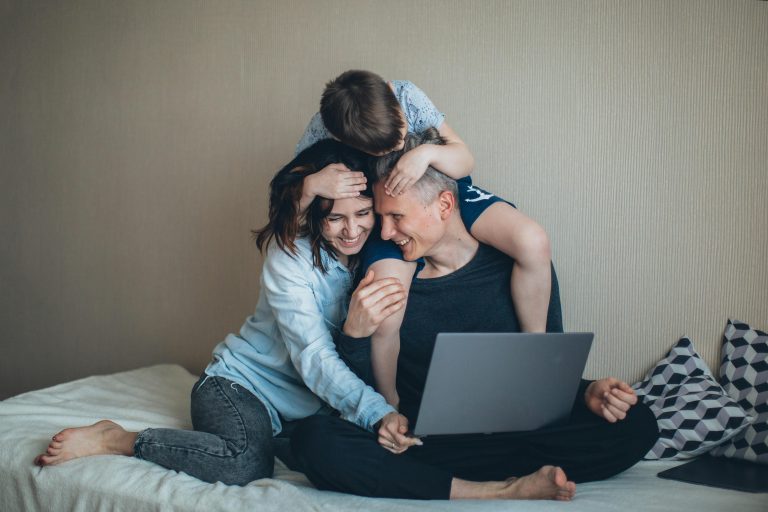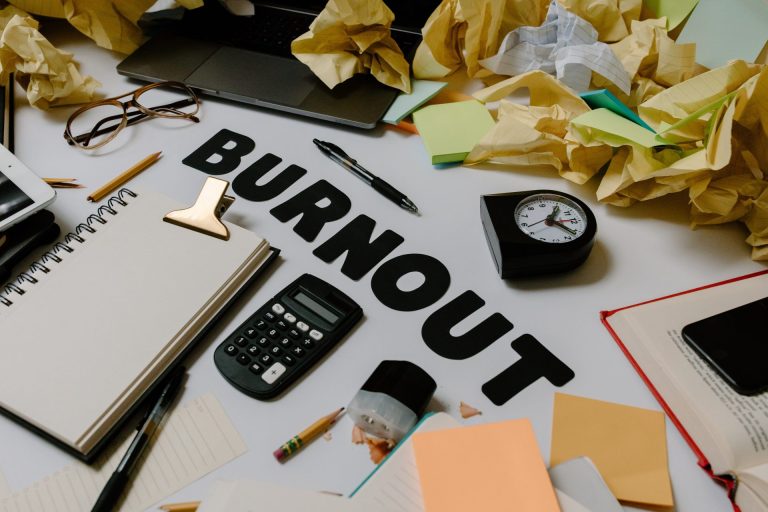Feeling tired? Suffering from anxiety? Have you tried Mindfulness?
Sometimes hectic lifestyles and daily struggles leave individuals feeling exhausted, overwhelmed, and increasingly vulnerable to heightened levels of anxiety. Additionally, unresolved problems gradually accumulate, causing stress levels to rise and negatively impacting overall mental and physical health. Moreover, ignoring emotional challenges often worsens anxiety symptoms, creating further difficulties in maintaining balance and well-being. Ultimately, addressing issues proactively through healthy coping strategies supports resilience, reduces anxiety, and improves overall quality of life.
Balanced Mind: What Is Anxiety and How It Affects You
Anxiety is a natural response where individuals experience uneasiness, excessive worrying, and difficulty managing overwhelming daily situations effectively. Additionally, it may result from significant life events, including medical tests, personal loss, or continuous exposure to stressful circumstances. Moreover, anxiety often develops gradually through accumulated pressures, challenging relationships, or unresolved issues that strain emotional well-being significantly. Furthermore, common symptoms include restlessness, disrupted sleep, nervousness, intrusive thoughts, and recurrent panic attacks in various situations. Ultimately, recognising anxiety symptoms early allows individuals to seek help, develop coping strategies, and maintain healthier emotional balance overall.
Understanding Anxiety, Its Causes, and Effective Treatments
For instance, many reported experiencing anxiety during the pandemic, fearing illness, isolation, or potential job loss. Additionally, anxiety may become excessive and persistent, requiring professional guidance to identify the specific type experienced. Moreover, severe anxiety can develop into a recognised disorder, significantly disrupting daily routines and emotional well-being. Furthermore, potential causes include genetics, environmental stress, traumatic experiences, or underlying medical conditions influencing vulnerability. Importantly, risk factors often vary, including abuse, illness, trauma, and persistent low self-esteem. Effective treatments include therapy, mindfulness practices, and sometimes medication to support recovery.
The Purpose and Practice of Mindfulness in Daily Life
Mindfulness is a meditation practice that helps individuals focus awareness on their surroundings and senses. Additionally, it relaxes the body and mind, reducing stress effectively. Moreover, mindfulness encourages living in the present moment with clarity and balance. Furthermore, daily mindfulness strengthens focus, resilience, and overall emotional wellbeing. Importantly, mindfulness techniques applied in therapy help individuals process challenging experiences constructively. Equally, mindfulness allows people to approach painful memories with compassion and acceptance. Ultimately, practising mindfulness supports healthier lifestyles by promoting peace, balance, and emotional growth.
Methods of Mindfulness You Can Do at Home
The following are some basic techniques of Mindfulness that can be done at home:
- Breathing exercises: Breathe in, hold it for a few seconds while counting from 1 to 5, and then exhale slowly. Repeat this a couple of times. Close your eyes while doing this and feel your feet connecting to the ground.
- Drink water, hot water with lemon or herbal tea. Take time to taste and smell it and enjoy the moment!
- Do one thing at a time; if you’re eating, focus only on your food
- Sensory soothing (See, smell, taste, touch)
- Turn off all distractions and listen to some music
Balanced Mind Through Mindfulness for Reducing Anxiety and Fatigue
Therefore, practising mindfulness for at least five minutes daily strengthens focus, reduces anxiety, and improves emotional and physical wellbeing significantly. Additionally, dedicating such short mindful moments supports your body, fostering resilience, calmness, and balance throughout daily routines and personal challenges. Ultimately, consistent mindfulness practice nurtures long-term health, enhances self-awareness, and empowers individuals to manage stress more effectively.
Final Thoughts
To recap, practising mindfulness daily helps cultivate a balanced mind, reducing anxiety and tiredness and improving overall emotional well-being effectively. Additionally, consistent mindfulness builds resilience, enhances focus, and strengthens physical health by nurturing calmness, clarity, and stress regulation every day. Moreover, a balanced mind achieved through mindfulness supports healthier relationships, improved productivity, and greater personal fulfilment in life. Ultimately, embracing mindfulness empowers individuals to live purposefully, manage emotions effectively, and maintain long-lasting peace within their daily experiences.
Balanced Mind: Written by Rachel Osmond
If you think that you can benefit from professional support on this issue, you can reach out here.
Rachel Osmond is a Family Therapist with Willingness who works with individuals, couples and families. She also has experience with children and adolescents.
References:
Armstrong, C., and Hoge, E. (2020). Mindfulness Meditation for Anxiety. Anxiety and Depression Association of America. Retrieved on 24th Feb, 2021 from https://adaa.org/learn-from-us/from-the-experts/blog-posts/consumer/mindfulness-meditation-anxiety
WebMD, LCC. (2020). Anxiety Disorders. Retrieved on 24th Feb, 2021 from https://www.webmd.com/anxiety-panic/guide/anxiety-disorders







